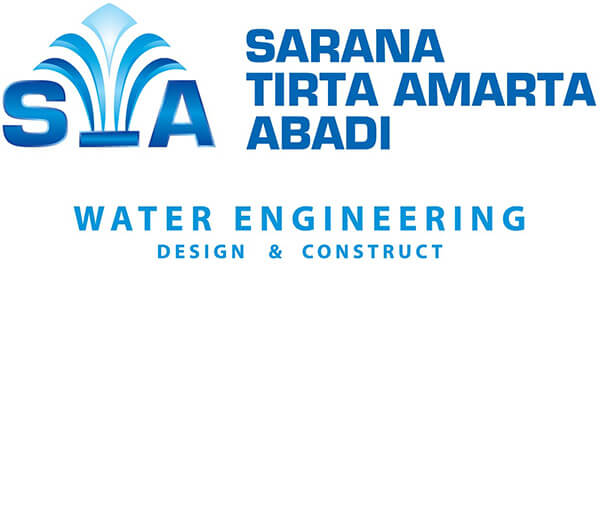Horizontal Pumps: what they are and how they work
Horizontal pumps are special systems that are able by means of rotary movements to move a liquid from one place to another. These machines are used in very different areas: from agriculture to industry to building construction, they have become practically indispensable. Precisely because of their great versatility and simplicity of use, they are used throughout most of the world for a wide variety of purposes.
In addition to horizontal pumps, there are also other types with different sizes, shapes and characteristics that make these machines the solution to a wide range of needs. In particular, in this article we will learn about horizontal pumps, how they operate and what they are used for. Before purchasing these machines, it is important to be familiar with the different models and characteristics in order to find the one that best suits your needs.
In this article, the topics covered are:
- Definition of horizontal pumps
- What are electric horizontal pumps?
- What does centrifugal mean?
- What are the advantages of this type of pump?
Then we will list the solutions offered by Pompe Zanni for those who need horizontal pumps.
Definition of horizontal pumps
A horizontal pump is a special fluid-dynamic system designed to move a given liquid with the force of its movement. In order to work, they need to be primed, meaning they need to be filled with liquid before starting.
Here is basically how it operates:
- the fluid impacts with the impeller
- and is accelerated by it
- it flows radially outward
- the fluid exits from the diffusor
What are electric horizontal pumps?
Electric horizontal pumps are used in a number of different sectors: fire-fighting systems, irrigation, artificial snowmaking, and also for mine drainage, washing, pumping stations, pressurisation installations and much more. Their particular feature is the electrical operation, but let’s look at the elements that make up electric horizontal pumps:
- The housing
- The inlet valve is protected by a screen that serves to filter impurities
- Impellers with blades
- A safety valve, which protects the horizontal centrifugal pump from water hammering
- Pressure gauge
- Automatic valve
These systems are an excellent solution when dealing with a fluid with physical characteristics similar to water, i.e. with viscosity values from 1 to maximum 100 CPs, or if the fluid to be treated does not contain solids or air and if the product remains unaltered even when subject to high rotation speeds.
What does centrifuge mean?
The term “centrifuge” refers to the physical principle of centrifugal force. They are called centrifuges precisely because of the way they work. These systems use rotation to give speed to a given liquid, converting it into energy by means of pressure. More precisely, electric centrifugal pumps follow these two phases to generate energy:
- The energy is imparted to a liquid in the form of velocity.
- Kinetic energy is converted into pressure energy.
The key components of this machine are the impeller and the volute. The impeller spins in a swirling circular motion, while the volute collects the continuous flow and transforms it into a physical process of constant energy.
What are the advantages of these pumps?
There are numerous advantages of using horizontal pumps, and they are widely popular on the domestic market for the reasons given below:
- High number of shaft revolutions, which allows the use of electric motors and turbines as rotation mechanisms.
- Possibility of a gradual decrease or increase in power.
- Simplicity of construction.
- Comparatively low cost.
- Ability to use an automated control system.
- The fluid can be drawn into the pump from a great height.
- Reliability of operation.
Pompe Zanni horizontal pumps
Choosing Pompe Zanni horizontal pumps means being able to take advantage of systems that can handle large flows of liquids, while maintaining very high product transfer efficiency thanks to tight internal tolerances.
Here are some of our products:
- HM 25 Multicellular Centrifugal Pumps
- HM 100 Multicellular Centrifugal Pumps
- HM 250 Multicellular Centrifugal Pumps
See all the other models available here.



